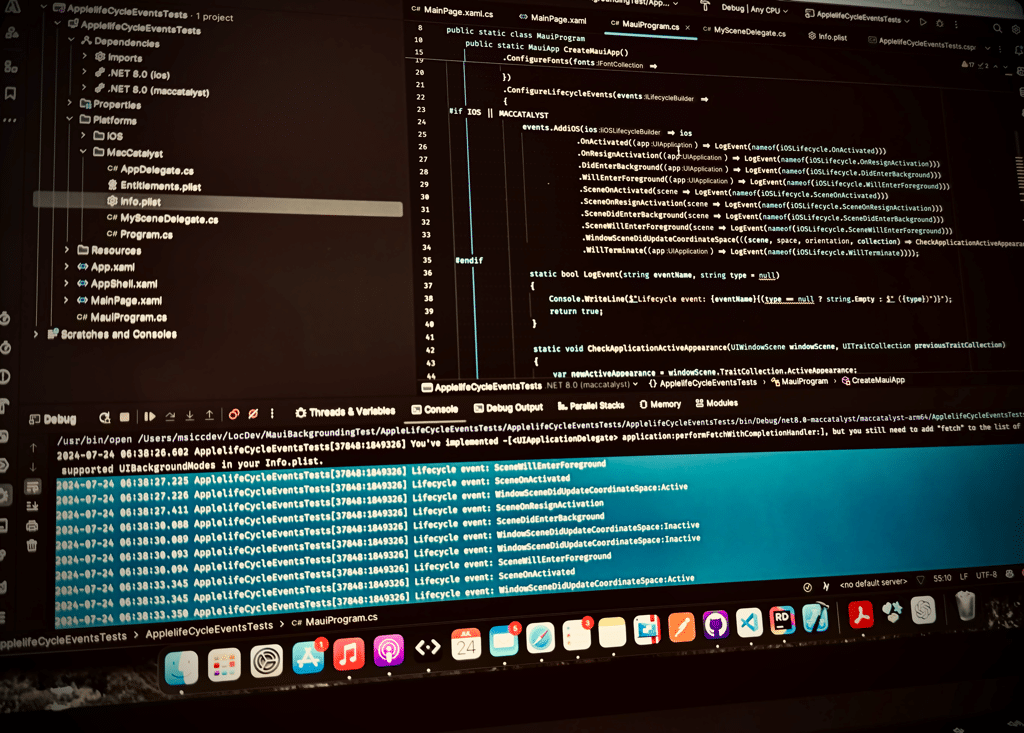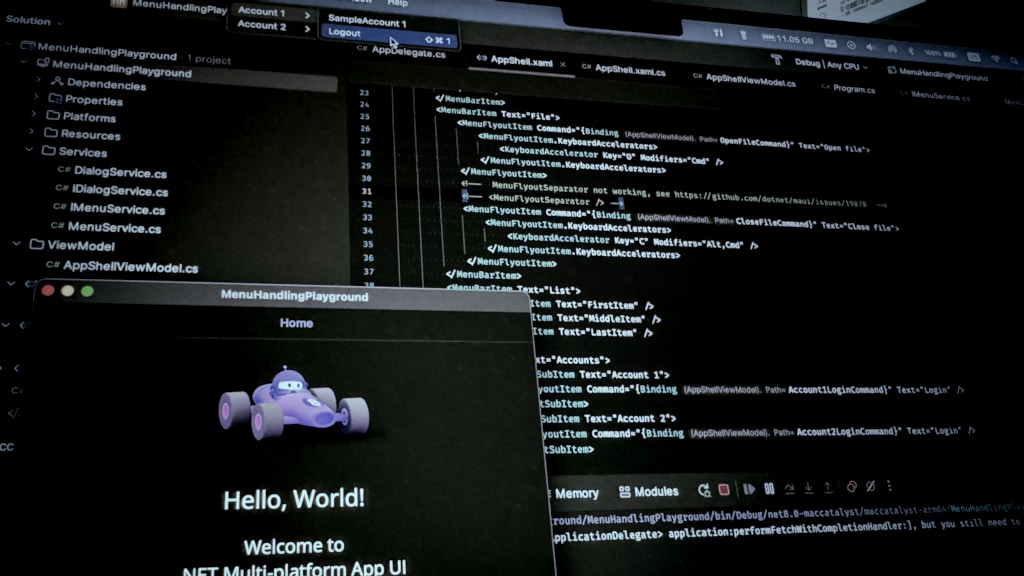
How to redirect across repository websites with Github Pages
In this post, I’ll walk you through how to set up redirects across GitHub Pages websites with a straightforward approach. While GitHub Pages doesn’t have built-in server-side redirect functionality...







